Muntjac deer fact file
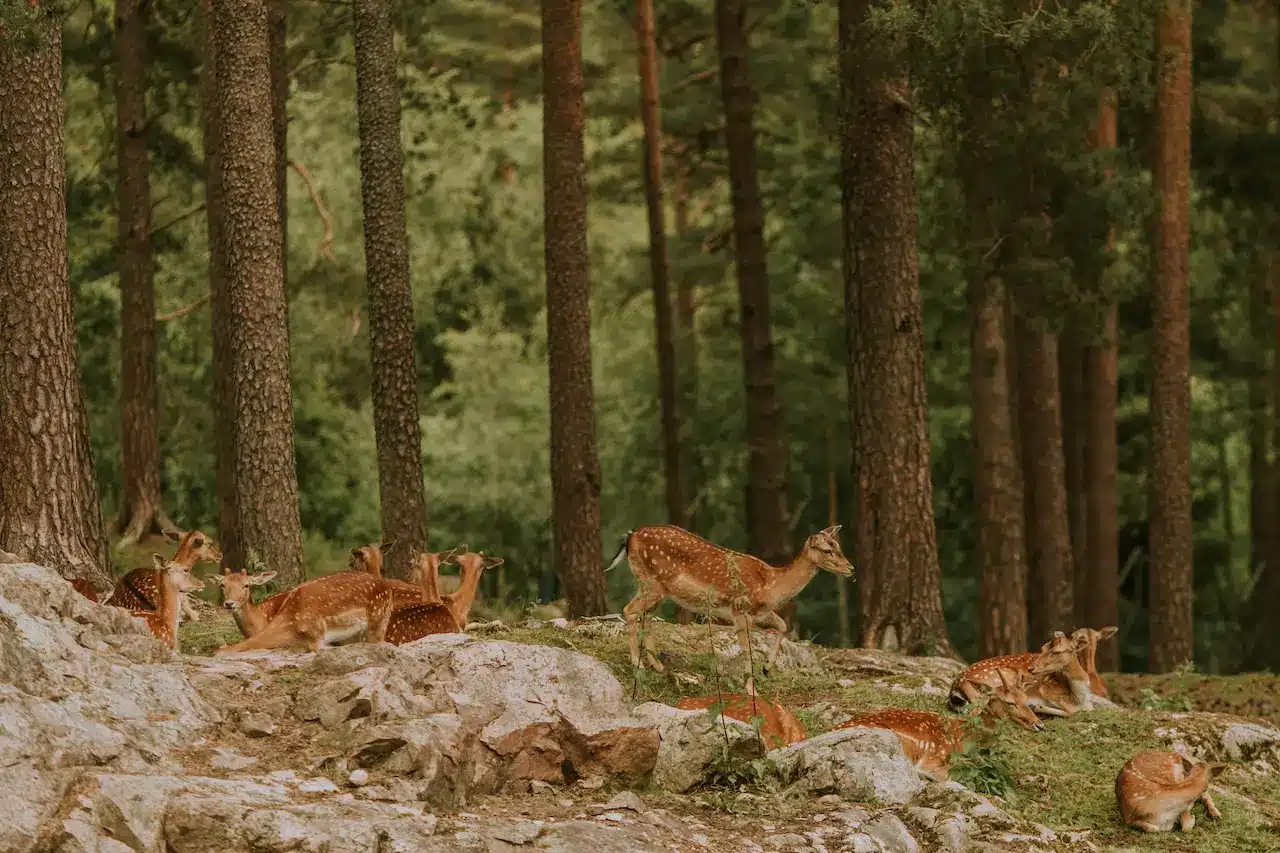
The
Muntjac deer fact file
The Muntjac Deer
Common name – Muntjac deer (often called Reeves Muntjac)
Scientific name – muntiacus reevesi
Size – smallest of all UK deer, adults stand approximately 45cm at the shoulder and have an average weight range of between 10 – 16kg. The males (bucks) are marginally larger than the females (does).
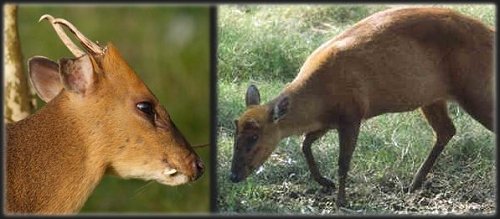
Identification tips – a Muntjac’s small size is the primary factor in identification, and they often appear to be hunched forward when running. During the summer months a Muntjac’s coat is a uniform reddy-brown colour with very pale, often white, hair under the chin, throat, belly and tail. The tail itself is a good identification aid, being noticeably longer than the tails of other British deer.
Muntjac bucks have small and unbranched antlers which slope rearwards, ending in a pointed tip. They also have elongated canine teeth which can appear as small tusks protruding downwards from the upper lip.
Preferred habitat – Muntjac deer favour wooded areas, the denser the vegetation the better.
Diet – most forest foods will be eaten; fresh tree shoots, leaves, nuts, berries, acorns and fungi are all part of a Muntjac’s diet. They will also strip bark from the bottom of trees. The deer typically feed at 3 – 4 hourly intervals, consuming fresh food quickly and then retreating into the undergrowth to chew the cud.
Breeding – Muntjac deer can mate at any time of the year, there is no particular season as there is for the other British deer species. A single kid is produced 7 months after mating happens. Having given birth, the doe is in season again after a very short time and the kid is weaned after 6 – 8 weeks, and is totally independent of the mother by 6 months.
Other points – Muntjac deer originate from China and were introduced into Britain in the late 19th century. London zoo and Woburn Park in Bedfordshire were their initial place of captivity but escaped Muntjacs from Woburn have led to the British population.
The Muntjac deer of the New Forest are very few in number and extremely hard to find, not only because of their tiny size but mainly because of their preference to staying in densely wooded areas.
Despite their size, they are one of the most audible deer and can bark loudly for up to 20 minutes in an effort to find a mate.
Related Sites

Why Time in Nature Complements Daily Astrological Guidance
Many of us start the morning with a quick look at our horoscope. A few lines can help name our mood, highlight a tension, or point out an opening in the day. What often gets
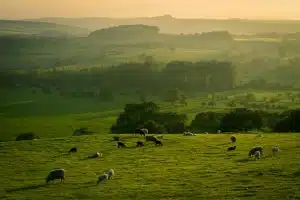
UK’s best natural spots
Wilderness escapes are not for everyone, that’s for sure. Some people simply prefer holidays where they can lounge all day and take it easy instead of being active, going hiking, swimming, or cycling. But there
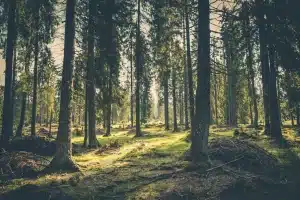
Tech Hacks for Exploring the New Forest National Park
The New Forest National Park in the UK is one of Britain’s most enchanting natural destinations. Covering ancient woodlands, open heathlands, and winding walking trails, it offers visitors a chance to step back in time
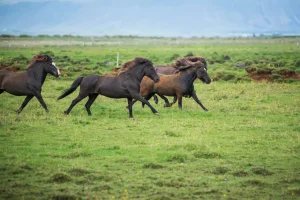
The Benefits of Outdoor Life for Horses
Life outdoors shapes stronger, healthier horses. Sunlight fuels the body with vitamin D, which helps bones grow dense and resilient. Space allows movement that stables cannot match. A horse stretching into stride, breathing clean air,

New Forest Getaway
The New Forest in southern England is unlike anywhere else, one moment you’re on a country lane, the next you’re face to face with a pony blocking traffic. Villages with thatched roofs appear out of

How Satellite Imagery is Transforming Wildlife Conservation
Today, a myriad of species and their habitats are struggling to survive and are on the verge of extinction due to permanent pressure on deforestation, climate change, and unlawful activities like illegal mining and logging.
